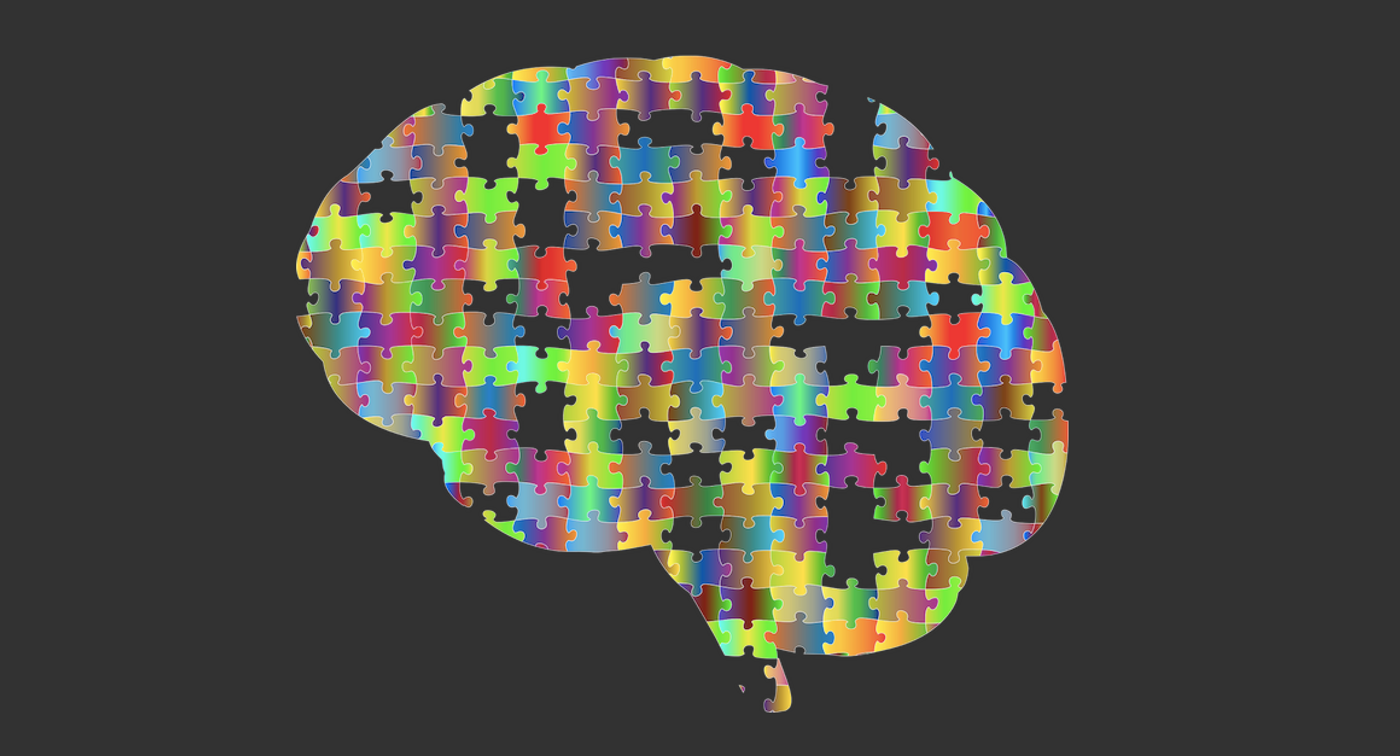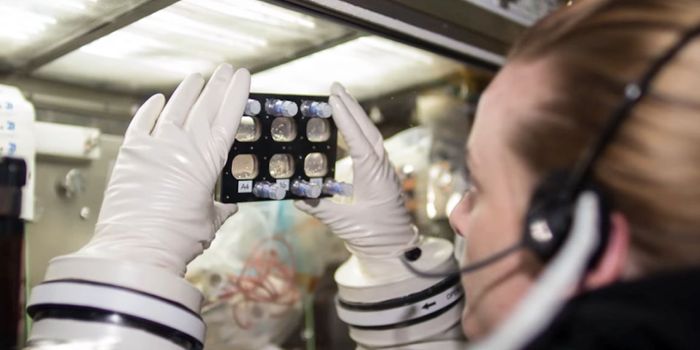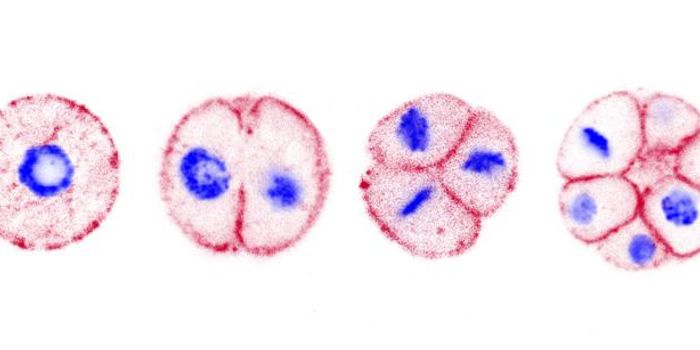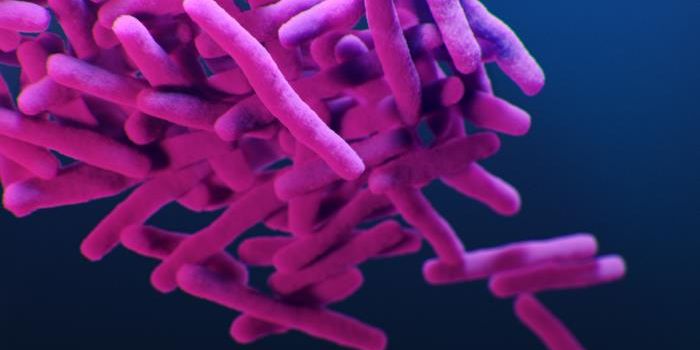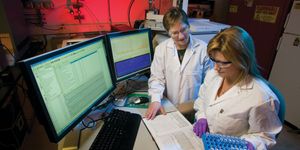The Biology of Autism May Depend on Sex
For years, researchers have known that more boys than girls have been diagnosed with autism spectrum disorder (ASD). It's been unclear whether that's because girls' cases are going undetected, or whether some genetic risk factors are more likely to cause ASD in boys. Now, scientists have assessed images of the brains of girls and boys with ASD and used genetic tools to show that the genetic mechanisms underlying ASD are very different in girls than boys. The findings have been reported in Brain. Just like boys with and without ASD, the brains of girls with ASD seem to have different responses to social cues like facial expressions compared to girls without ASD, sometimes called neurotypical, but the differences in boys with ASD aren't the same as girls with ASD.
"This new study provides us with a roadmap for understanding how to better match current and future evidenced-based interventions to underlying brain and genetic profiles so that we can get the right treatment to the right individual," said lead investigator Kevin Pelphrey, Ph.D., an expert on autism at the University of Virginia (UVA) School of Medicine and UVA's Brain Institute. "This advances our understanding of autism broadly by revealing that there may well be different causes for boys versus girls; this helps us understanding the heterogeneity within and across genders."
Four times as many boys are diagnosed with autism than girls, so researchers know a bit more about how the condition presents in boys.
This work focused on functional magnetic resonance imaging (fMRI) that assessed brain activity while social interactions happened. A group of 45 girls and 47 boys with ASD from the ages of 8 to 17 and a group of 45 girls and 47 boys that are neurotypical were included in the study. Autistic girls were found to use different parts of their brains during the social interaction time than neurotypical girls did. The major difference seen in boys with ASD compared to neurotypical boys is not the same as that seen in girls with and without ASD; there seem to be different biological mechanisms underlying ASD in the different sexes.
The genetic factors also seem to be different in girls with ASD, who were found to have far more rare variants in genes that are active while a part of the brain called the striatum is developing. The girls had more mutations known as copy number variants. That finding may indicate that the striatum has an influence on ASD risk in girls. The striatum is one region of the brain involved in cognition and reward.
"The convergence of the brain imaging and genetic data provides us with an important new insight into the causes of autism in girls," Pelphrey said. "We hope that by working with our colleagues in UVA's Supporting Transformative Autism Research (STAR), we will be able to leverage our findings to generate new treatment strategies tailored to autistic girls."
Sources: AAAS/Eurekalert! via University of Virginia Health System, Brain
